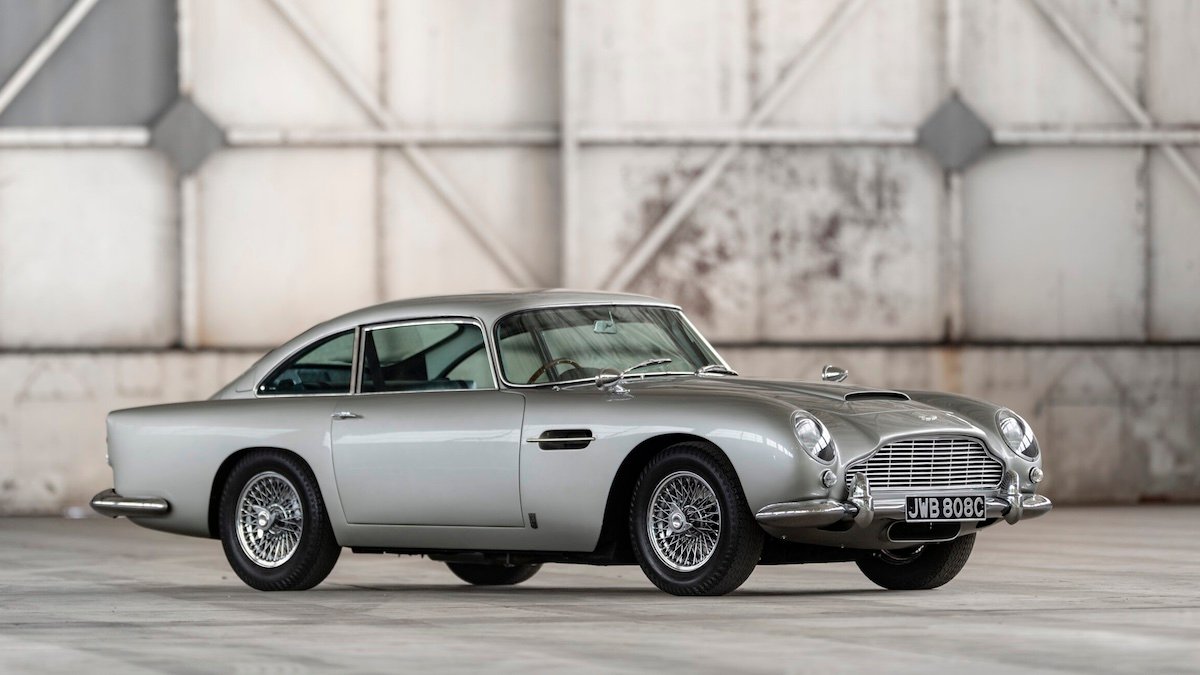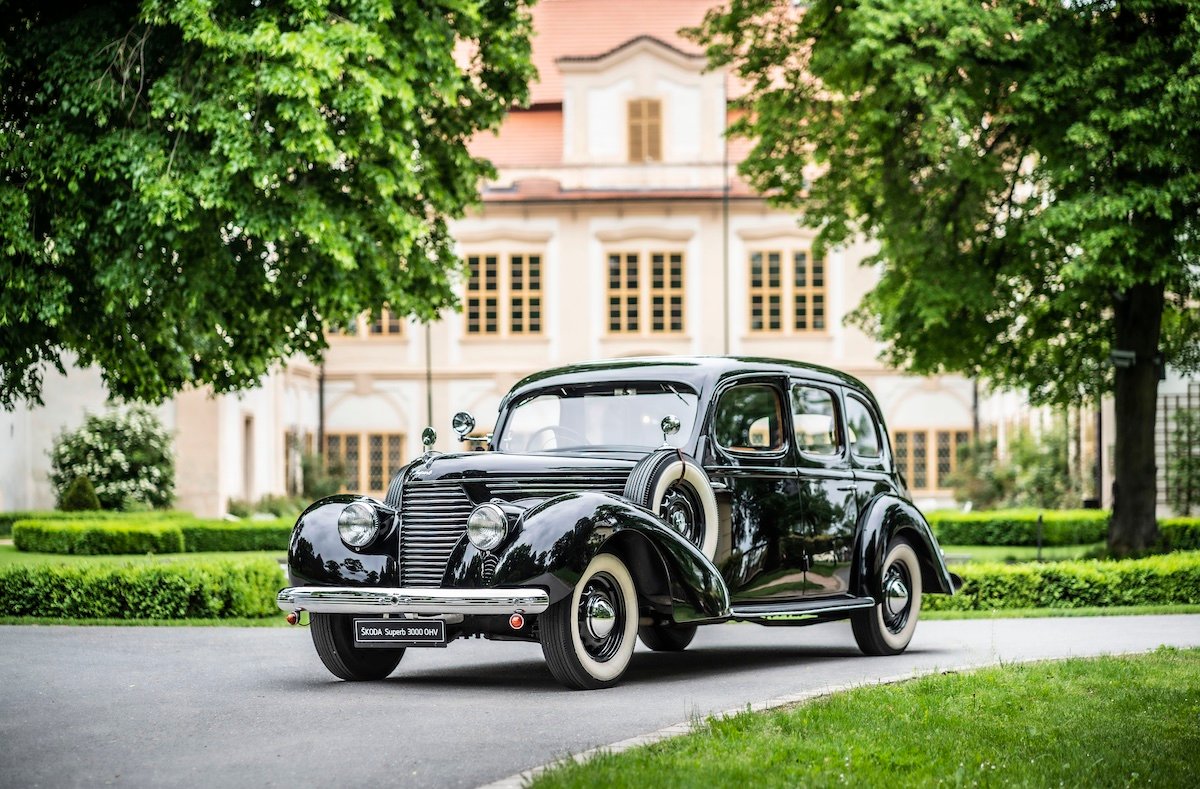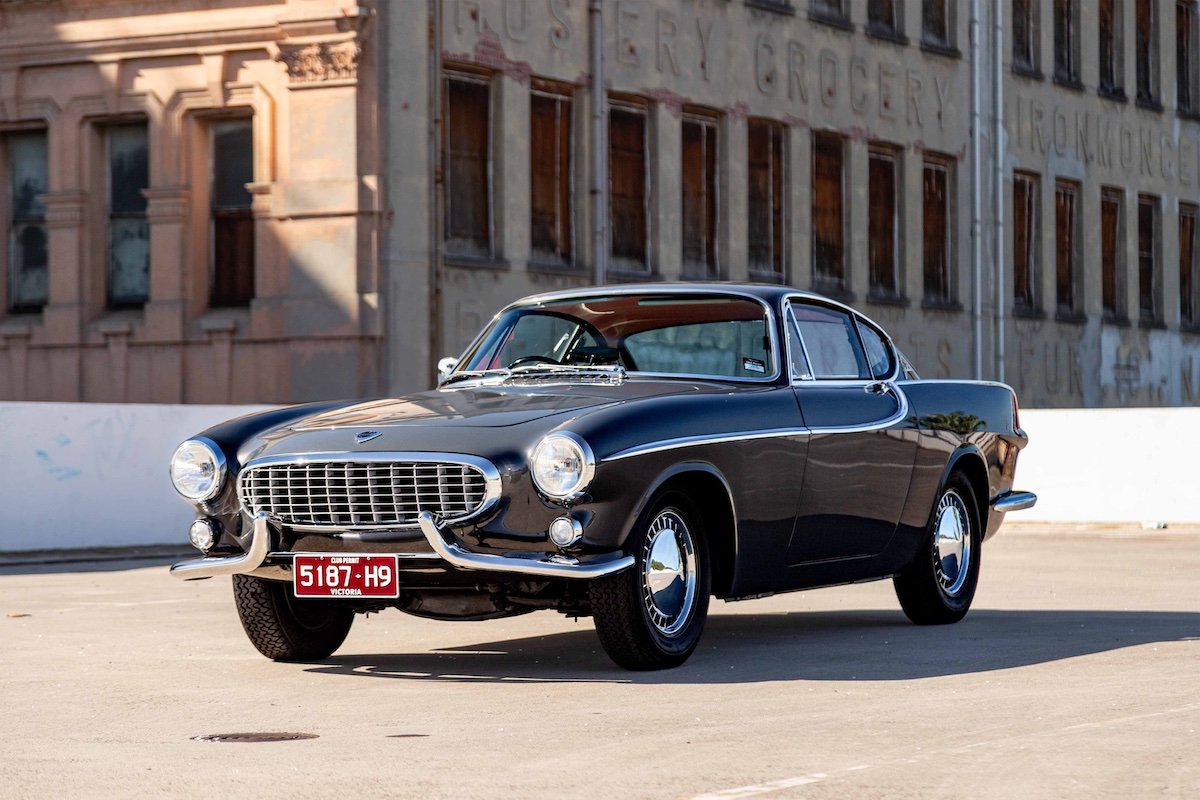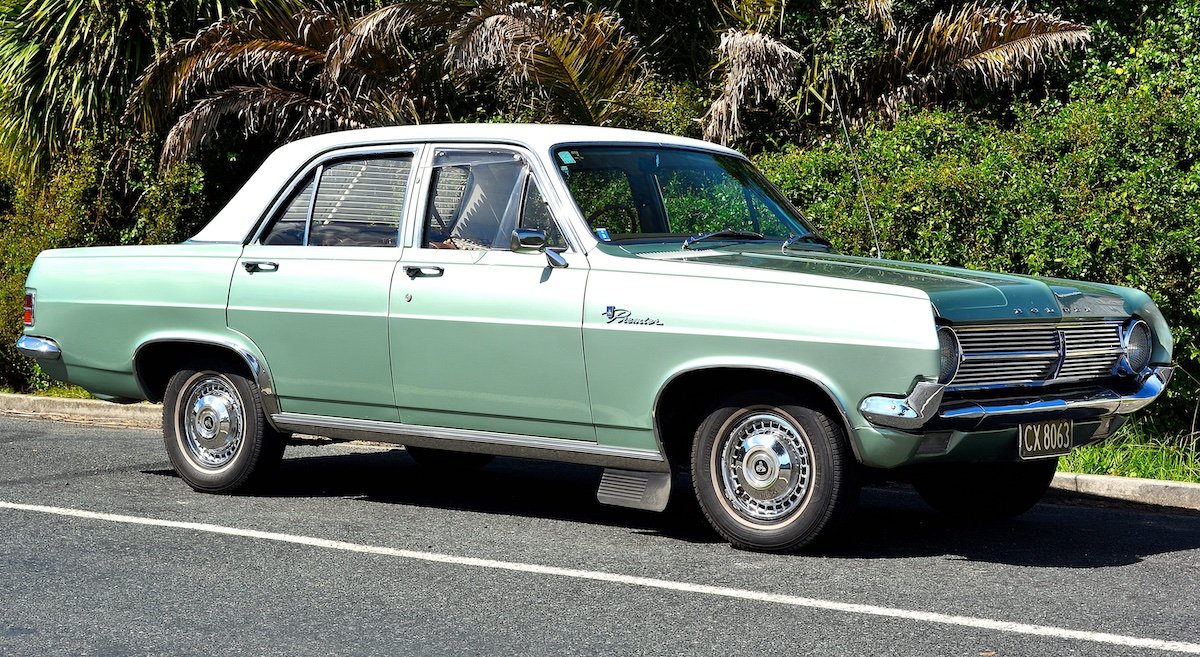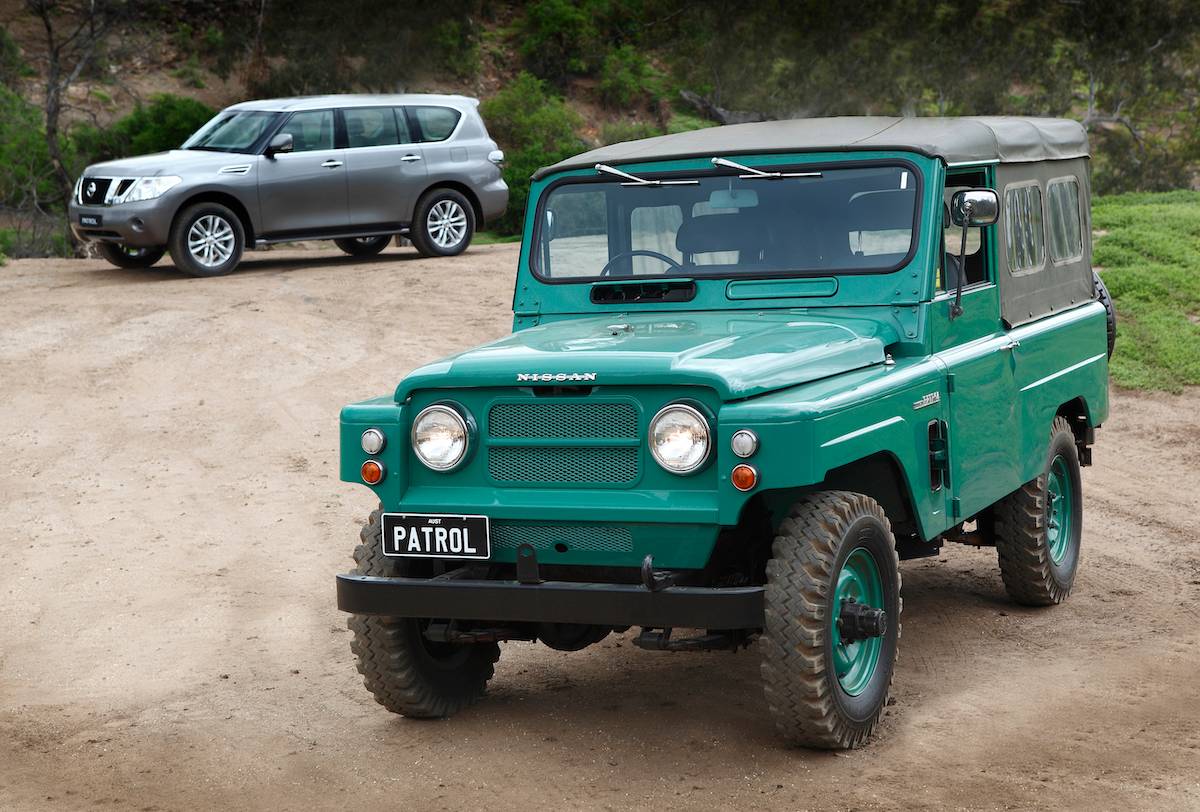Top Tips for Buying a Used Ford Falcon/Fairmont XA-XC (1972-79)
Cliff Chambers•30 March, 2025
 '1972â73 1-1024x675.jpg)
The XA Falcon arrived as a fundamentally Australian replacement for the US-derived XK-XY models sold across the Falcon’s first 12 years and two generations in our market
After a decade building cars that relied heavily on North American influences, Ford in 1972 released a Falcon that was fundamentally Australian. The XA Falcon featured a vast model range with six- and eight-cylinder engines, plentiful options and brash new colours.
It was thrust into a market made more difficult by Holden’s new coil-sprung HQ but held its own with 150,000 sales (excluding GTs) in the space of 19 months.
Six-cylinder cars had 3.3- or 4.1-litre engines, with 4.9- or 5.8-litre V8s optional. The Fairmont version included uprated trim and carpets plus extra exterior embellishment. Station wagons sat on a wheelbase 127mm longer than the sedan with Fairmont variants featuring a dual-action tailgate that could be opened either downwards or to the side, which was also optional on the base model Falcon and Falcon 500 Wagons.
A minor restyle marked the change in 1973 from XA to XB and included two significant improvements which were welcomed by every Falcon owner, namely standard front disc brakes with power assistance an extra cost option.
 '1972â73 1-1200x746.jpg)
Station wagon variants sat on a wheelbase 127mm longer than the sedan, while Fairmont variants featured a standard dual-action tailgate
A column-mounted stalk now controlled operation of the indicators, horn, high beam and headlight flasher, relating the old floor-mounted dipper to the dust bin of history.
Coinciding with the announcement of an XC Falcon range in July 1976 was the introduction of new engine emission-control measures, known in the industry as ADR27A. These restricted the levels of certain compounds in vehicle exhausts, but compliance often result in reduced engine efficiency and lower power output.
So it was with the Falcon, with 4.1-litre XC engines producing 92kW instead of the XB’s 116kW and the 4.9-litre V8 down by 28kW on previous versions to 151kW.
Despite reduced performance and rising fuel prices, Falcon V8s remained popular and encouraged Ford, which had dropped its GT model with the XB range, to add a Fairmont GXL. These were notionally available with six-cylinder engines, but virtually all XC GXLs seem to have been sold with 4.9 or 5.8-litre V8s, the latter making a claimed 162kW.
 '1976â79-1082x673.jpg)
The Fairmont GXL was a new addition to the XC range, with most examples featuring a V8 engine, although all XC variants saw a reduction in power due to the introduction of ADR27A emission-control measures
Rust and repair costs prompted many owners to dump rather than preserve their run-of-the mill Falcon XA-XCs, but Falcon GTs from this era survive in relatively high numbers and are easier to find than a basic six-cylinder sedan in excellent, unrestored condition. Utilities suffered more severely from structural rust than other body styles and are very scarce.
Ford Falcon XA-XC values have improved significantly, but these cars still don’t match the popularity of earlier XW-XY versions. Basic cars still don't generate enough money to justify high-value restorations and can often be stripped for any usable parts.
Fairmont sedans and wagons with a V8 engine and in excellent condition may reach $60,000, with six-cylinder Falcons achieving around half that price. Unsurprisingly, the rarer and more desirable Fairmont V8 Hardtops, especially GS Pack cars, cost twice the price of a V8 GS sedan.
 '1978 1-1374x675.jpg)
Ford Falcon XA-XC values have improved significantly over recent years, but they still don’t match the popularity of earlier XW-XY Falcon models
Things To Watch Out for When Buying a Used Ford Falcon/Fairmont XA-XC (1972-79)
Rust in the rear quarters and under the vinyl roof covering
Wagon tailgate rust and the window difficult to open
Structural rust between cabin and tray of utilities
Coolant leaks from hoses and welch plugs
Brake rotors warped and locking prematurely
Tyres on cars with oversized wheels touching bodywork
Power-window failures
Valuation Timeline: Ford Falcon/Fairmont XA-XC (1972-79)
🛠️ Timeline
Investment Rating
5 / 10
Cliff Chambers

Get The Latest
Sign up for the latest in retro rides, from stories of restoration to community happenings.
